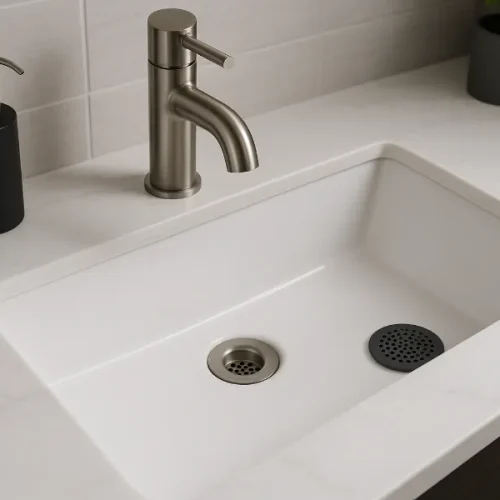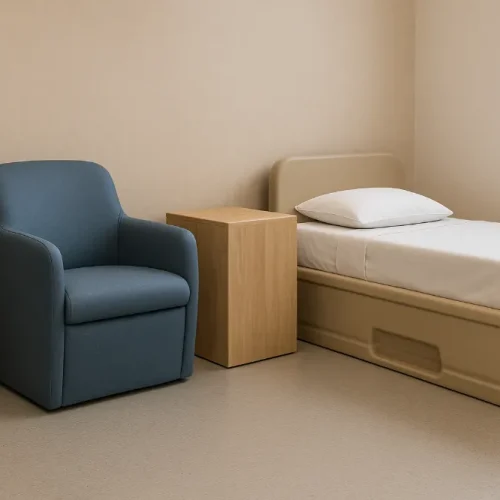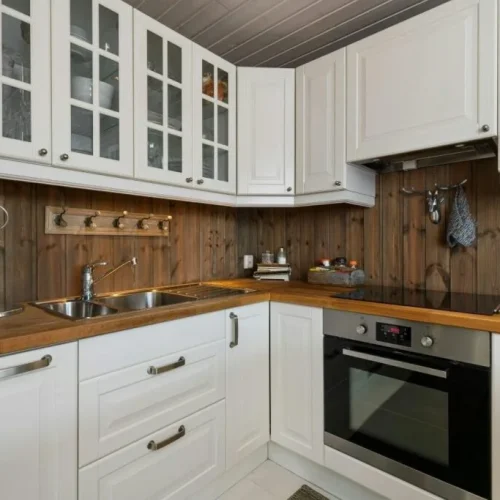
In recent years, the discourse around energy efficiency in building design has evolved considerably. Architects and builders are exploring innovative strategies to enhance thermal performance without the substantial costs of full insulation. Among these approaches, partial insulation is gaining traction as a viable solution, striking a balance between energy savings and budget constraints. This article delves into the nuances of partial insulation strategies, their benefits, challenges, and their potential role in sustainable building practices.
Understanding Partial Insulation
Partial insulation involves insulating specific parts of a building rather than applying a uniform thermal barrier throughout the entire structure. This can include insulating only the roof, exterior walls, or even select interior spaces. By strategically choosing where to insulate, building professionals can maximise energy efficiency while reducing initial investment costs.
A prime example of this can be found in loft conversions or extensions where only the roof space is insulated. This method can create a comfortable living space while making considerable energy savings. As more industry experts explore the concept of partial insulation and its effectiveness, the potential becomes clear. Such practices not only contribute to reduced energy consumption but also allow builders to maintain flexibility in design and budget.
Advantages of Partial Insulation
Cost-Effectiveness
One of the foremost reasons to consider partial insulation is its economic advantage. A full insulation installation can often be a significant financial burden. By focusing on key areas, builders can yield substantial improvements in energy performance without breaking the bank. This is especially true for older buildings where retrofitting can be both costly and disruptive.
Flexibility in Design
Partial insulation offers architects and builders greater versatility in their designs. By not committing to a full insulation strategy, it becomes easier to adapt based on client needs, budget limitations, and specific environmental conditions. This flexibility also facilitates incremental upgrades, allowing homeowners to gradually improve insulation as finances allow.
Environmental Impact
Implementing partial insulation can lead to reduced energy needs, subsequently lowering carbon emissions. While a full insulation envelope may seem optimal for energy savings, partial strategies can produce effective results through targeted interventions. This method aligns well with the growing trend towards sustainability, allowing buildings to adapt to modern ecological landscaping and energy standards without overwhelming resource demands.
Challenges of Partial Insulation
Thermal Bridging
One of the significant disadvantages of partial insulation lies in the risk of thermal bridging. This occurs when uninsulated areas allow heat to transfer through gaps, often undermining energy-saving efforts. Careful planning is essential to mitigate these risks, as poor execution can result in discomfort and increased energy expenses.
Inconsistent Temperature
Another challenge is maintaining a consistent temperature throughout a building. Partial insulation can lead to hot and cold spots if not properly managed. Such variations can affect both comfort and energy efficiency. To combat this, builders must understand the principles of thermal dynamics more comprehensively, ensuring that energy flows are optimally managed.
Regulatory Compliance
Country-specific building codes and regulations may impose restrictions on insulation methods. In the UK, for example, compliance with the Building Regulations is crucial. Failure to adhere to legal standards can lead to costly repercussions. It’s important for builders to engage with local regulations and industry standards to ensure that any insulation measures undertaken are compliant.
Practical Applications of Partial Insulation
When implementing partial insulation strategies, it’s vital to consider the various applications that could enhance energy performance effectively. Here are a few scenarios where partial insulation can shine:
Roof Insulation
Insulating the roof can be particularly effective in reducing heat loss, as a significant portion of a building’s heat escapes through this area. For instance, in a loft conversion, insulating only the roof can create a warm, inviting space while preventing unnecessary heating expenses.
Wall Insulation
In older properties, homeowners might opt to insulate only the exterior walls facing the harshest weather conditions. This can greatly reduce drafts and improve energy efficiency without the need for extensive renovations.
Zone-Based Insulation
For larger buildings, employing a zone-based approach allows certain areas to receive insulation based on usage. For example, in a public facility or office, insulating high-traffic areas can save costs while maintaining comfortable conditions in spaces that require it most.
Future Considerations
As technology advances, the efficiency of insulation materials continues to improve. More sophisticated products with enhanced thermal properties offer exciting possibilities for partial insulation strategies. Implementing materials that have higher R-values will further bolster the case for partial insulation, allowing improvements without the need for complete overhauls.
Moreover, smart building technologies can provide data on temperature fluctuations, helping to identify where insulation is most effective and where improvements are necessary. This feedback loop can guide future renovations and ensure that any initial investments yield the best possible return.
Conclusion
The exploration of partial insulation strategies in building design represents a shift towards more flexible, economically viable, and environmentally friendly construction practices. While challenges exist, the benefits cost savings, design flexibility, and reduced environmental impact make partial insulation a compelling choice. As the industry continues to evolve, embracing these strategies may provide a pathway to enhanced energy efficiency while navigating the complexities of modern building design. Through careful planning and implementation, partial insulation could very well become a cornerstone of sustainable development well into the future.
FAQs
Partial insulation refers to insulating selected areas of a building—such as the roof, certain walls, or specific rooms—rather than fully insulating the entire structure.
It lowers upfront expenses by focusing insulation only where it delivers the greatest impact, avoiding the full cost of whole-building insulation.
Yes. It’s often used in older properties where full retrofitting would be too expensive or disruptive, offering significant improvements without major renovations.
Absolutely. When strategically installed, partial insulation reduces heat loss and energy consumption in key zones.
The roof, exterior-facing walls, lofts, extensions, and high-traffic zones are typical choices.
Thermal bridging occurs when heat escapes through uninsulated areas. It can reduce the overall effectiveness of partial insulation if not properly planned.
It can if poorly executed. Proper design and material selection help maintain consistent indoor temperatures.
Compliance depends on local regulations. Builders must ensure all insulation work meets relevant building codes and energy standards.
Yes. It supports incremental improvements, allowing homeowners to add more insulation over time as budgets permit.
By lowering energy use, reducing material consumption, and supporting flexible design, partial insulation aligns with modern eco-friendly building practices.













